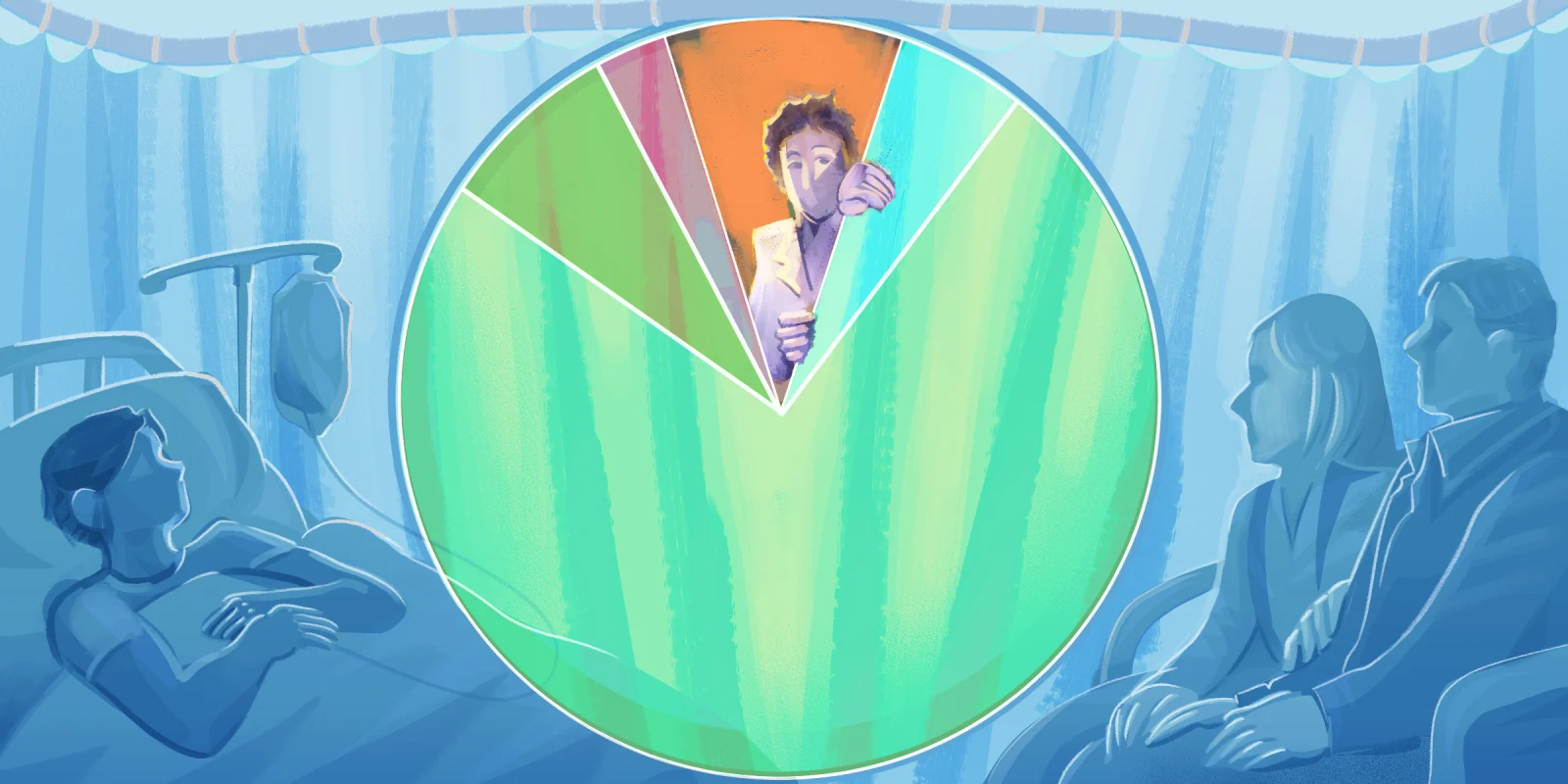A recent study found that Black newborns are less likely to die when cared for by Black physicians. The news headline caught the attention of many, but for the Black community and other minority ethnic groups in America, the publication did not come as a surprise. The study raises questions about the role race plays in the patient encounter.
Race can be a difficult topic to discuss, especially for those who are unaffected by its influence. However, the study highlights the need to explore how we, as a developed nation with access to quality health care, have arrived at this point.
Ethnic and cultural diversity plays an important role in the patient encounter. As an ethnic minority proficient in three languages, I have a natural tendency to change my language/demeanor/approach to meet my diverse patients’ individual needs. This quality is also known as “code-switching,” and it has been shown to improve outcomes and compliance. In my clinical practice, and when appropriate, race and language concordance helps to build trust in my patient-doctor relationships.
Recently, hoping to get another perspective, I spoke to Erinma Ukoha, MD, MPH. Dr. Ukoha is a chief resident at UCSF’s ob/gyn program, where she serves a diverse patient population. I asked for her reaction to the article.
“This publication is one of those things that sounds shocking,” she said, “but comes as no surprise to the Black community … it should be eye-opening for people to see the infant mortality rates put into numbers.” She went on to explain that “we beat around the bush as to what the reason is behind the fact that Black babies are dying disproportionately—it’s racism, and this article lends statistical credence to the issue.” Unfortunately, the acknowledgment of the issue as racism is still the subject of debate, distracting from the racial disparities that result in disproportionate death and disease burden. For example, the presidency of Barack Obama, the first half-black man elected to the position, is touted as evidence that we live in a post-racial society. According to Dr. Ukoha, “The claim that eight years of a Black presidency is enough to erase decades of institutional racism is weak and misguided.”
When I asked about the Black community’s mistrust of the health care system, Dr. Ukoha said she “finds it interesting when we say Black people have a ‘mistrust’ of the health care system as if it is unfounded, and not rooted in historic experiences of the Black community being mistreated, not treated, and inadequately treated by medical professionals.” Indeed, historical examples of this are evident in the Tuskegee experiments and the treatment of patients with sickle cell disease, who often face numerous care roadblocks, including stigmatization (due to erroneous assumptions about opioid addiction in this population) and inappropriate pain management plans (due to negative provider attitudes and lack of provider knowledge). “Maybe we should call it ‘appropriate hesitancy,’” Dr. Ukoha said, “a survival mechanism for the Black community.”
There is a deficiency in medical education, as well. New physicians are inadequately prepared to care for Black patients. In dermatology, for instance, decades of focusing on diagnosing and treating diseases as they manifest in white skin has led to a paucity of information on cutaneous diseases in ethnic skin.
In her experience, Dr. Ukoha has observed Black patients become more animated when cared for by Black providers, which she attributes to “a sense of mutual understanding through shared experiences.” In her interactions with all patients, especially those who are minorities or may be marginalized, she focuses on “ensuring that the patients are feeling heard and validated.” She takes the time to educate her patients on their rights, and how to advocate for themselves when they feel their concerns are not being heard, or are being met with an inappropriate level of concern.
Dr. Ukoha and I also discussed the fact that some patients do not have the luxury of choosing their doctor and therefore have to navigate barriers white patients do not face. Dr. Ukoha was able to share some advice for clinicians who want to advocate for their Black patients. “It is one step to recognize implicit bias,” she said, “and that is the first and often most difficult step. But we need to take it further and start talking about how to correct these biases and their effects on patient outcomes.” Every patient encounter is an opportunity to work to undo the historic tendencies we have to ignore Black patients’ concerns — by listening with intention and validation first and foremost, something easier said than done.”
Further, Dr. Ukoha recommended asking patients about their preferred level of depth for medical explanations. She stressed the importance of understanding how the patient got to where they are, and what challenges they faced as a result of systems that do not favor them. On the subject of physician race, Dr. Ukoha recommended that providers who are white or unfamiliar with the struggles of ethnic minorities become more engaged in recognizing and tackling the issue in their offices. She also commented that not only do we need more providers of color, we also “need to support systems that actively recruit and provide support for trainees of color who face compounded challenges on top of an already rigorous medical curriculum.” She emphasized the need for quality mentorship, a resource that is difficult for ethnic minorities to obtain (Concerningly, research suggests that individuals with ethnic-sounding names are less likely to get a response from mentors.) Active recruitment of Black subjects in research studies, in order to bolster external validity and application of study results to a diverse patient population, is also essential.
There are resources to help clinicians expand their cultural knowledge. Georgetown University, for example, offers the following steps to improve the experience of ethnic and marginalized patient populations in the medical context:
- Provide interpreter services
- Recruit and retain minority staff
- Provide training to increase cultural awareness, knowledge, and skills
- Coordinate with traditional healers
- Use community health workers
- Incorporate culture-specific attitudes and values into health promotion materials
- Include family and community members in health care decision-making
- Locate clinics in geographic areas that are easily accessible for minority populations
- Expand hours of operation
- Provide linguistic competency that extends beyond the clinical encounter to the appointment desk, advice lines, medical billing, and other written materials
Ultimately, improving cultural competency, listening to, and advocating for patients is paramount. Clinicians should strive to view patients through the lens of their experiences, rather than adopt a blanket approach.
What steps or initiatives have you taken to improve cultural competence in your practice? Please share in the comments!
Dr. Saaquib Bakhsh is dedicated to ending the healthcare disparities faced by our most vulnerable populations. His focus includes the interplay between race, socioeconomics, culture, environment, and public health. He was born and raised in Chicago where he earned bachelor's degrees in statistics and environmental sciences from Northwestern University. He completed medical school at Rush University and is currently in ophthalmology residency in Michigan. He is a 2020–2021 Doximity Op-Med Fellow.
Illustration by April Brust







